Which Safari Camera 2023?
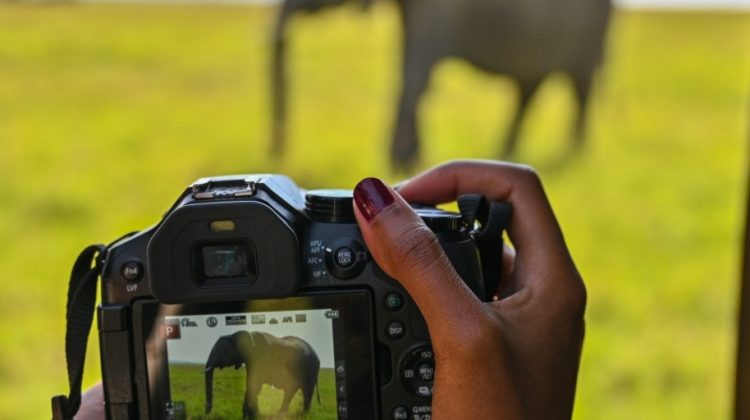
There’s no one answer to the question ‘Which camera is best for a safari holiday?’ since there’s not a single type of safari, nor will there be just one kind of holiday photo you want to bring home. So let’s look at the choice of cameras on the market and in which safari holiday situations they will work best.
1. Bridge cameras
‘Bridging’ the gap between a compact camera and a DSLR the best bridge camera combines the features of a compact camera, such as portability and convenience, with the zoom of a telephoto lens and the ergonomics of a DSLR. The physical appearance of a bridge camera is similar to that of a DSLR, but it is equipped with a fixed lens and a wide-ranging zoom (sometimes up to 1200mm).
Unlike a DSLR there’s no chance of swapping lenses, but the optical zoom is likely to have a bigger range than on a compact camera getting you closer to safari holiday action. They are heavier than compacts, something to think about on a fly-in safari with its small planes and luggage limits, but the added bulk can give a better feel and a steady platform for taking photos.
Bridge cameras typically offer greater control than point-and-shoot cameras, enabling longer exposures in low-light settings or faster shutter speeds for capturing moving subjects. However, the camera’s response time may be slower than a DSLR, resulting in delayed image capture after the crucial moment has passed. The built-in viewfinder of a bridge camera can be particularly useful during bright conditions on an African safari, where the back screen of a compact camera or smartphone may be difficult to view.
Bridge cameras; best camera for: Those wanting high quality close up safari photos without the expense of a DSLR
2. DSLR cameras
Traditionally DSLRs (Digital Single Lens Reflex) cameras are the tool of the professional photographer, although serious amateurs will also use them.
Using a DSLR camera on a safari holiday can be a great way to capture stunning wildlife photographs as they offer excellent image quality, with high resolution and the ability to capture fine details in the subject. When photographing wildlife, this allows you to capture intricate patterns on fur or feathers, as well as subtle textures and colours.
With interchangeable lenses, DSLR cameras allow you to choose the right lens for the situation, whether it is a wide-angle lens to capture the expansive landscape or a telephoto lens to bring distant wildlife into the frame.
Speed is a third consideration with DSLRs. They are designed for fast-paced photography, making them ideal for capturing moving wildlife with fast autofocus, rapid shutter speeds, and the ability to shoot in burst mode, allowing you to capture a series of shots in quick succession.
One downside is that DSLR cameras and lenses can be bulky and heavy, which can be problematic when weight is limited on internal flights or undesirable on walking safaris.
DSLR cameras; best for: Serious photographers who want extra lenses and multiple setting options to get the perfect safari photo, and who are prepared to pay for extra seats on light aircraft to take their heavy kit on holiday.
3. Mirrorless cameras
Mirrorless cameras enjoy many similar features of DSLRs but aren’t normally as heavy, a potential advantage on a safari holiday. They also offer better video capability with 4K video as an option.
They typically have fast autofocus and burst speeds, large sensors and interchangeable lenses. Where they differ from DSLRs is that without the mirror to reflect the image, mirrorless cameras use an electronic viewfinder with a digital image which can drain the battery more quickly than an equivalent DSLR.
Mirrorless cameras; best camera for: another option for serious photographers to consider and gradually becoming the number one option for many.
4. The phone in your pocket
Many of the noticeable improvements in phone technology in recent years seem to have been around battery life and camera technology.
While a safari may allow a digital detox, many of us will still have our phones in our pockets throughout our holiday. This provides you with a camera on hand at all times, and one with multiple lenses, image stabilization, advanced software, and the ability to shoot photos and videos on the same device.
While the small sensors on a phone may not be able to capture as much detail in low-light conditions or at long distances as a dedicated camera, front and back cameras make selfies easy. You’re just a wifi connection and one click away from making your friends jealous with photos of you on your safari, while you’re still on holiday.
Smartphone cameras; best camera for: Always having with you on holiday and selfies.
5. Compact Cameras
Compact cameras, are typically one step up from a phone’s camera options in terms of resolution and zoom. In recent years the lower cost models have tended to fade away, as that area of the market was picked off by phones.
However, the best premium compact cameras offer large sensors, versatile zoom ranges, high quality lenses and sharp electronic viewfinders. These features mean they’re likely to outperform many phones on safari in the lower light conditions on early morning or evening wildlife drives. They will also often trump a phone’s digital zoom with a 10x optical zoom, giving them the equivalent of a 25-250mm equivalent focal range (we typically recommend 80-300mm lenses for cameras with interchangeable lenses).
A good battery life and some manual settings are other advantages versus a phone for those who take a compact camera on holiday. However, for even greater flexibility bridge, DSLR, and mirrorless cameras might be even more suitable.
Compact cameras; best camera for: One up on a phone and useful in your pocket on a walking safari or letting your children use on a family holiday.
6. GoPro
Want the most durable camera; a safari camera that can withstand being dropped in water, rattled around attached to a safari vehicle, quad bike, on a riding helmet. or maybe strapped to a selfie stick for photos with you in the foreground and one of Africa’s stunning landscapes in the background? Or do you want a video camera that can be turned on and left on to capture the action when it happens? If so, a GoPro (or another brand of action camera) is probably one of the cameras to pack in your safari luggage. They’re not heavy, don’t take up too much space and work well as a second camera for individuals or families travelling to Africa.
GoPro; best camera for: Capturing holiday action anywhere and at any time without worrying about dust, water or vibration.
7. Eyes and memory
There’s often pressure to take photos on safari to share with others the things you’ve seen and done. But sometimes putting your camera down and really absorbing the atmosphere will allow you to have stronger memories than those formed through a viewfinder.
If you absolutely must have memories in the form of photos and video, give yourself enough time to also enjoy your wildlife viewing without holding a camera; stay an extra day on safari or take a second gorilla trek – sit and enjoy your surroundings.
What next?
We would be delighted to help you plan a specialised photographic safari or simply a trip where you get the opportunity to take fabulous photos. Our team of experts has travelled widely throughout Africa and a number are photographers themselves. They can offer expert advice on where and when to travel and what equipment to take with you.
Do get in touch – chatting to people by phone or email is what we do best. We listen, we explain, we answer all sorts of questions even those you didn’t know to ask, and finally we make suggestions. If this is your first time to Africa or your twenty first, we have a team standing by to help make the planning easy and the journey the best ever. Please get in touch whatever stage you’re at.
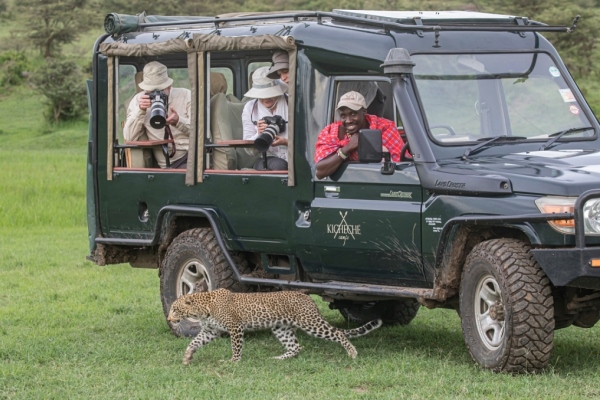
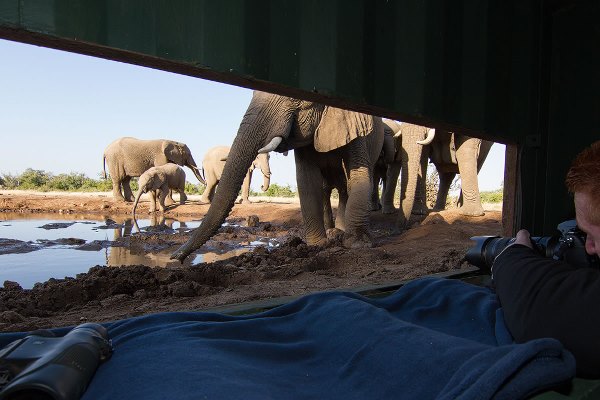
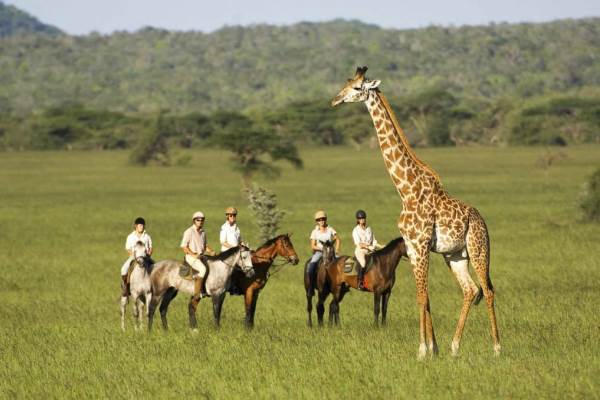
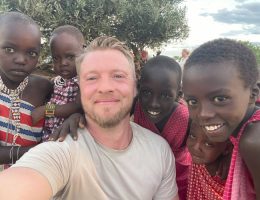
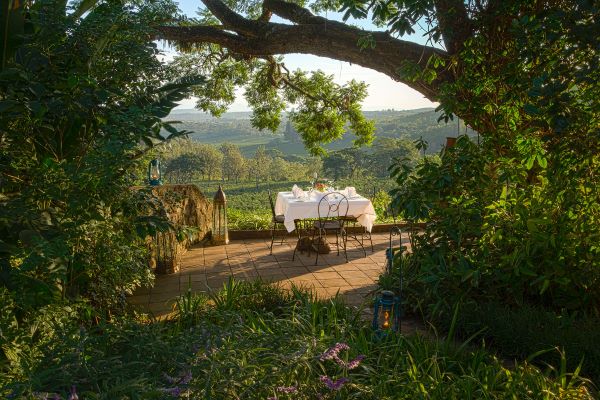
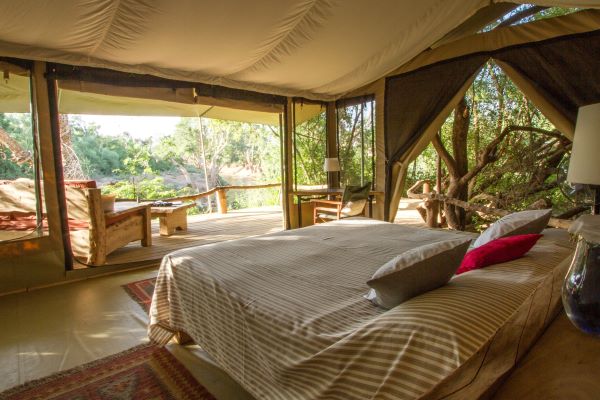
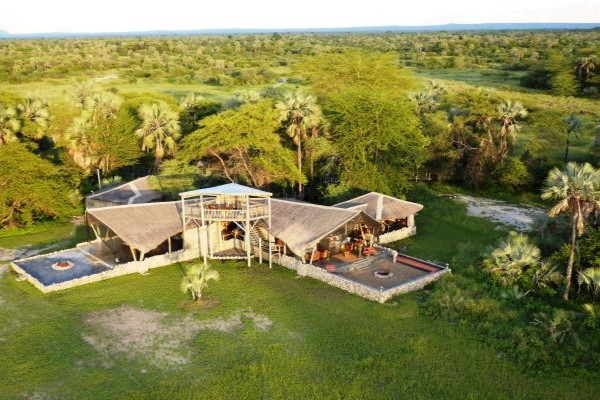
Mirrorless 4/3 crop sensor cameras such as Panasonic G9 or Olympus Om series are lighter and their long lenses are smaller; such as the Panasonic 100-400 is effectively 200mm to 800mm and can be hand help. They are half the weight and size of full frame lenses. Tele converters can extend the range further but need heavy sturdy tripods for this. I got away at 800mm with a monopod. I had one on an Aardvark safari in 2019 and would not take a full frame sensor on safari ever.
Hi Simon, thanks for sharing this information with us. It’s always really useful to get insights and tips from past clients. All the best, Katy.
Hi there, thanks for a great article, very helpful! I’m going on my first safari to the Eastern Cape of SA next August and can’t wait! I currently use a canon Eos 250d to shoot mainly landscapes in the lake District where I’m very lucky to live!
However I want to buy a camera that is particularly suitable for capturing wildlife shots. My favourite option is the incredible Canon SX70HS, which has a eye watering 65x optical zoom capable of 1365mm! Do you rate this machine or do you have any suitable alternatives please? I’ve found this online for £515 and don’t really want to pay more than £600, as I’m literally just buying this camera as a one off for this holiday. Thanks for your time and any reply, Rob
Hi Rob, I am so glad you’ve found our blog article useful. Buying a camera is such a personal choice and I would suggest you contact the team at Hire A Camera. Many of our clients have either bought or hired a camera specifically for Safari from them and we’ve always had great feedback. You can contact them via e-mail enquiries@hireacamera.com or call them Monday-Friday 8.30am – 5.30pm on 01435 873028. I am sure they will be able to offer the advice you need. Many thanks, Katy.